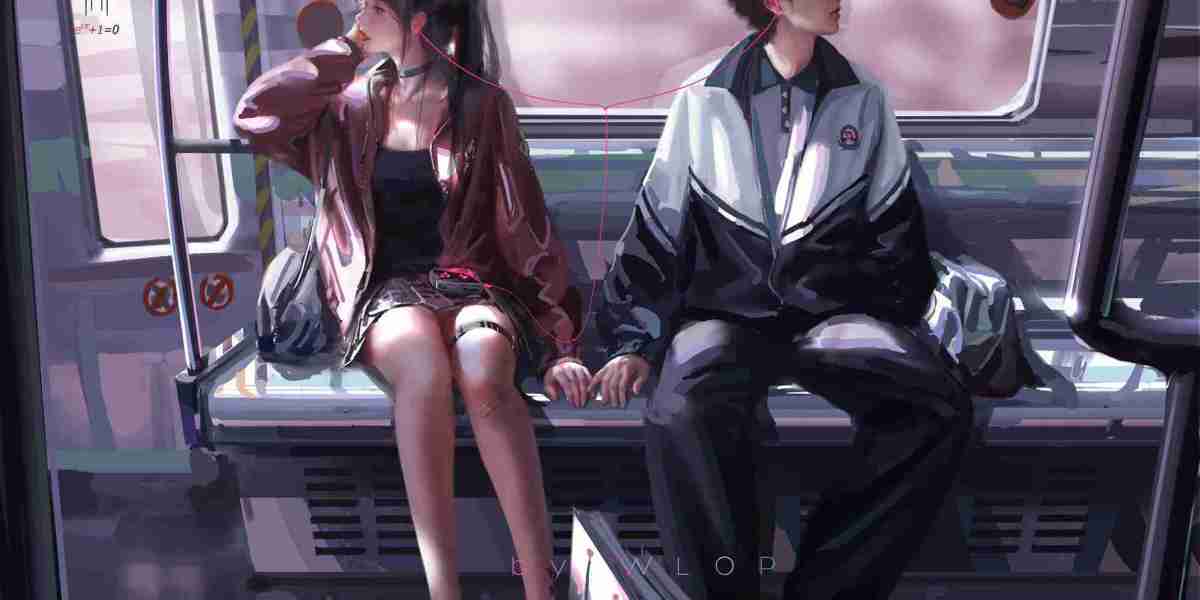Dining furniture has undergone a remarkable transformation over the centuries, reflecting changes in lifestyle, culture, and technology. Understanding this evolution not only enhances our appreciation for these essential pieces but also aids in making informed choices when selecting dining furniture for our homes.

Traditional Dining Furniture: A Glimpse into the Past
Historically, dining furniture was crafted with a focus on durability and functionality. Wooden tables and chairs were predominant, often made from oak, walnut, or mahogany. These materials were chosen for their strength and beauty, ensuring that dining furniture could withstand the test of time.
- Craftsmanship: Artisans took pride in their work, often hand-carving intricate designs.
- Design: Traditional dining sets featured ornate details, reflecting the status of the household.
- Functionality: Large tables were designed to accommodate family gatherings and celebrations.
As society evolved, so did the styles of dining furniture. The Victorian era, for instance, introduced more elaborate designs, while the Arts and Crafts movement emphasised simplicity and natural materials.
Modern Dining Furniture: Embracing Minimalism
In contrast to traditional styles, modern dining furniture prioritises minimalism and functionality. The mid-20th century marked a significant shift towards clean lines and innovative materials. Materials such as glass, metal, and engineered wood became popular, allowing for a diverse range of designs.
What are the key characteristics of modern dining furniture?
- Simplicity: Designs are often sleek and uncluttered.
- Versatility: Many modern pieces are multifunctional, catering to smaller living spaces.
- Innovative Materials: The use of sustainable materials is increasingly common.
This evolution towards modernity reflects a broader societal trend towards minimalism and sustainability, making modern dining furniture not just a style choice but a lifestyle statement.
Choosing the Right Dining Furniture for Your Home
When selecting dining furniture, it is essential to consider both aesthetics and functionality. Here are some factors to keep in mind:
- Space: Measure your dining area to ensure the furniture fits comfortably.
- Style: Choose pieces that complement your overall home decor.
- Material: Consider durability and maintenance when selecting materials.
- Comfort: Ensure that chairs are comfortable for extended use.
By carefully considering these aspects, you can create a dining space that is both inviting and functional.
The Future of Dining Furniture
As we look to the future, the evolution of dining furniture will likely continue to reflect changing lifestyles and values. With the rise of remote work and smaller living spaces, we may see even more innovative designs that prioritise flexibility and sustainability.
In conclusion, the journey of dining furniture from traditional to modern designs showcases not only aesthetic changes but also shifts in societal values. By understanding this evolution, we can make informed choices that enhance our dining experiences and reflect our personal style.








